
Cat Litter
1 Month
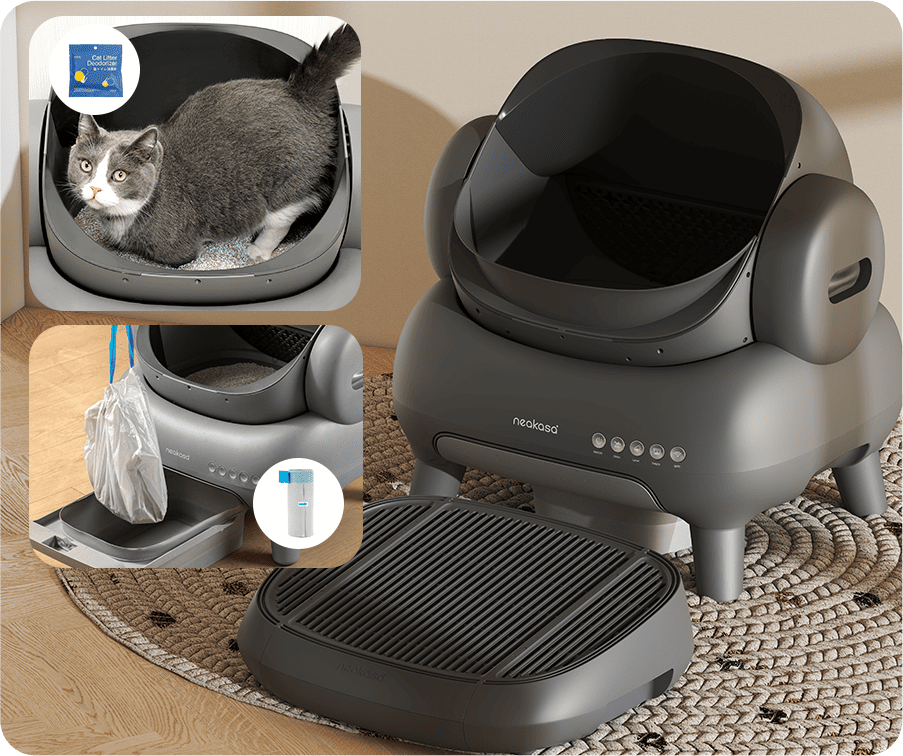
An 8kg bag of cat litter lasts about a month per cat, ensuring a clean, odor-free space with regular changes.
One roll of waste bags lasts about a quarter for a single cat, so replacing it each season keeps your litter box routine efficient.
A single cat needs one bag of deodorizing crystals per week, requiring a quarterly restock. Multi-cat homes may need more.
Silicone pads last about six months before scratches affect their durability and appearance.
 Cat's Pee
Cat's Pee
 Cat Litter Box
Cat Litter Box
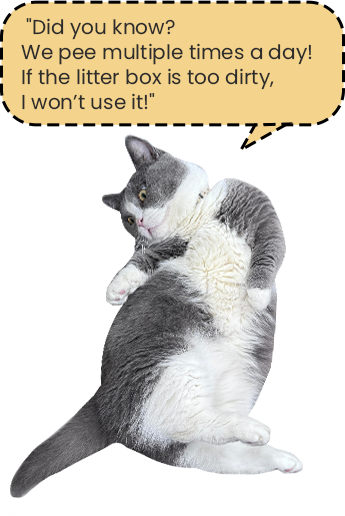

Adult cats typically urinate 2-4 times a day, but factors like water intake, food moisture, and health conditions can affect this.
Urinating too frequently or too little could indicate health issues such as urinary tract infections or diabetes. Keep an eye on any sudden changes!
✔ Use highly absorbent cat litter to minimize odor and improve your cat’s comfort.
✔ Choose an anti-spill silicone mat to prevent urine from splashing and keep your floors clean.
✔ Regularly replace waste bags to maintain a hygienic litter box and prevent bacteria buildup.
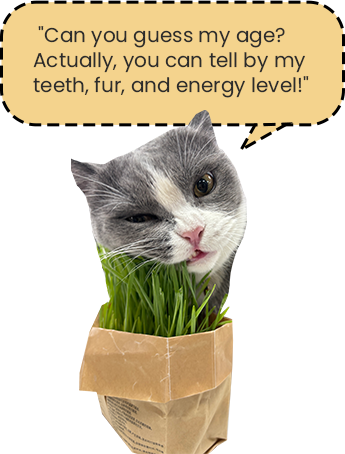

✔ Fur: Kittens have soft, fluffy fur, while older cats develop coarser hair.
✔ Activity Level: Young cats are playful and energetic, whereas senior cats move more slowly.
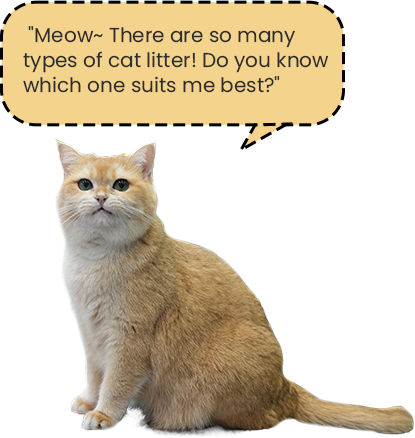

✔ Observe your cat’s preferences (texture, scent, granule size).
✔ Consider household needs (low-dust, flushable options).
✔ Focus on absorbency, odor control, and cost-effectiveness.
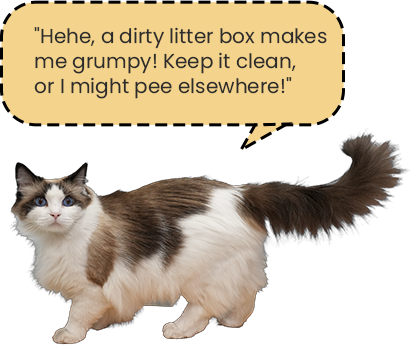

✔ Daily: Scoop out waste and clumps.(Except automatic cleaning)
✔ Weekly: Replace the waste bag and refresh part of the litter.
✔ Monthly: Deep clean and disinfect the litter box.
❌ Infrequent cleaning → Bacteria buildup can make cats avoid the litter box.
❌ Harsh cleaning agents → Strong chemicals may irritate a cat’s sense of smell or cause allergies.
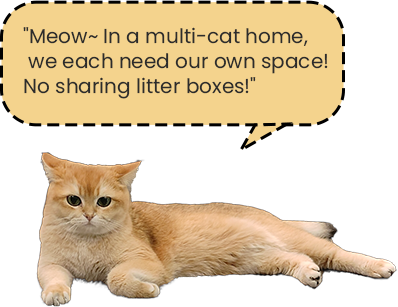

✔ Follow the formula: Number of litter boxes = Number of cats + 1.
✔ Place them separately to prevent territorial disputes.
✔ Let each cat stick to their preferred litter type—sudden changes can cause stress.
✔ Keep the litter box clean or invest in a self-cleaning litter box to avoid fights over hygiene.
Yes, litter mats are highly effective in reducing mess around your cat’s litter box. They are designed to trap loose litter from your cat’s paws, preventing it from spreading across your floors. Many mats feature textured surfaces or grooves that capture debris, making cleanup quick and easy.
It's recommended that you purchase a ramp through the following link to assist your cat in using it. Our cat ramp steps also function as litter mats.
Garbage bag size: 330mm x 690mm. For more information, please refer to the product information.
This is related to the cat's habits. Most of the time, the cat scratches it. It is recommended to fill the cat litter with 60%-90% to keep it sufficient and trim the cat's nails regularly.
Please don't worry, if you have any questions, please provide the order number, SN number, and fault video feedback to the after-sales email support@neakasa.com for assistance. Thank you.
You can fix the problem with the following steps:
It may be that the cat jumped up to go to the toilet above the filter during cleaning, causing the cat litter to clump inside the filter, which can be removed from the litter chamber for flushing.
If you have further questions about Neakasa cat litter box accessories, you can contact us with the details via email support@neakasa.com.